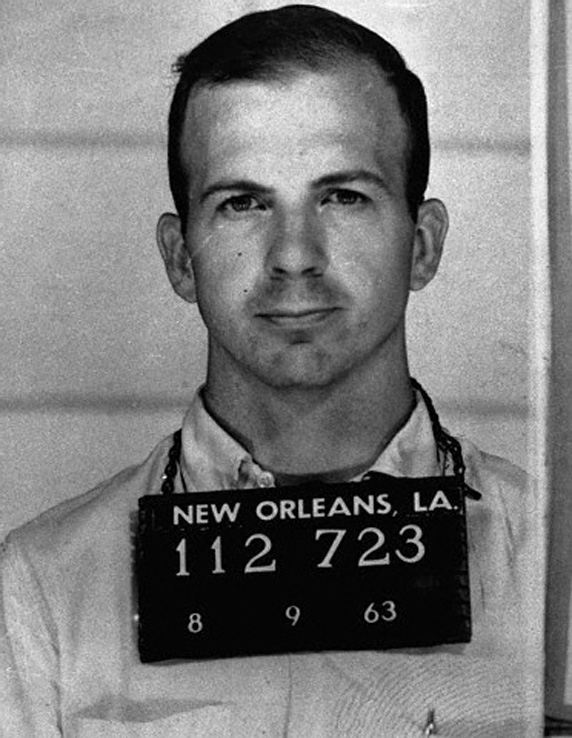"A Spy’s Guide to the Kennedy Assassination"

November 22, 1963 is a dark stain on American history. On this date, President John Fitzgerald Kennedy died at the hand of Lee Harvey Oswald. But Oswald's guilt has become shrouded in contrived theories of innocence practically since the day he was mortally wounded by Jack Ruby in the Dallas PD's underground parking garage.
E.B. Held's new book A Spy's Guide to the Kennedy Assassination is not for Oliver Stone devotees. While there is a guide for assassination-related sites in New Orleans, you are on your own when trying to find Jim Garrison's office and home. Held does not devote so much as one word to the first major JFK assassination conspiracy theorist, whose own views influenced Stone's paranoid version of JFK's murder.
Held does not go for conspiracy theories, nor does he demonize JFK. He does acknowledge his sexual peccadilloes, however; one of which involved Kennedy with Washington, D.C. socialite Mary Meyer. Mary and her sister Tony (and Tony's second husband Ben Bradlee) were friends of Jack and Jackie Kennedy. Unfortunately for Jackie but much to Jack's delight, Mary became a favorite mistress after he became president.
Questions as to why Mary was murdered along a towpath on the C&O Canal in Georgetown on October 11, 1964, include this disquieting suspicion from Mary's her ex-husband Cord Meyer: The same people that killed JFK killed her. This suspicion about her killer is what ultimately warrants her inclusion in the book. Her presence also allows Held to discuss Washington, D.C., society in the 1950s and early 1960s. As he eloquently notes, that society died with JFK. The section of the book dealing with D.C. concludes with two walking tours for Georgetown. One related to Mary Meyer's murder, the other to where Jack and Jackie, Mary Meyer, and other notables lived.
The next part introduces Lee Harvey Oswald as well as the international events regarding Cuba that led him to becoming a Cuban sympathizer. Held also discusses disturbing acts Oswald committed such as his beating his wife, Marina, and his attempted murder of General Edwin Walker. These and other unsavory personal facts reduce Oswald from Oliver Stone's scapegoat to no better than another infamous Lee: Jared Lee Loughner. This section concludes with a walking tour of New Orleans related to places connected with Oswald such as the places he handed out "Fair play for Cuba" leaflets at.
Finally, Held takes the reader through the assassination itself. This part concludes with a tour of assassination-related sites that feature more than just the Texas School Book Depository and the Grassy Knoll. Held takes readers to where Dallas P.D. officer J.D. Tippit was murdered by Oswald in broad daylight in front of numerous witnesses, Oswald's arrest site at the Texas Theater, the home where Dallas posed for the infamous back yard photos of him with a rifle and other locales. The book concludes with chapters devoted to the assassination’s aftermath and some interesting observations on the performance of Soviet, Cuba, and American intelligence pre and post-assassination.
What makes A Spy’s Guide to the Kennedy Assassination more than just a tour guide are the informative chapters that come before each walking tour. They not only allow Held to discuss the events leading up to and during Oswald's vile act, but also express unique opinions based on his own knowledge of spy craft. For example, Held suspects that the KGB more than likely recruited Oswald during his stay in the Soviet Union from 1959 to 1961. He also convincingly argues that they trained him to be a "sleeper agent" in the USA, to be activated for sabotage during a time of war between America and Russia. Interesting observations like this alone are what makes this book a must-read. And if you are bound for D.C., Dallas, or New Orleans, don't forget to pack it, either.
Article image courtesy Wikimedia.
0 comments